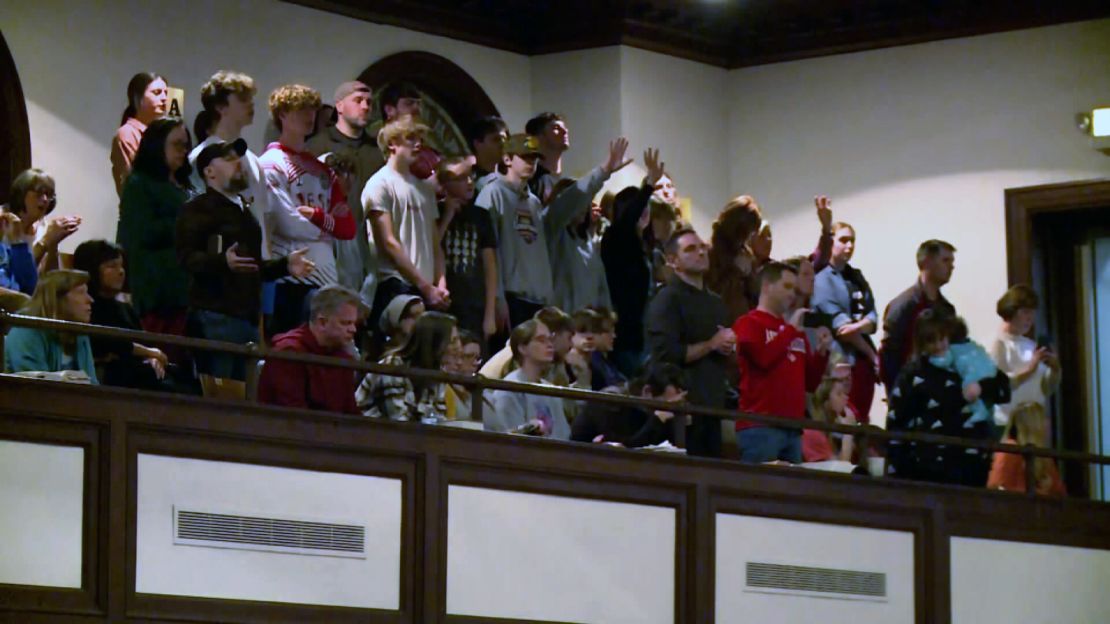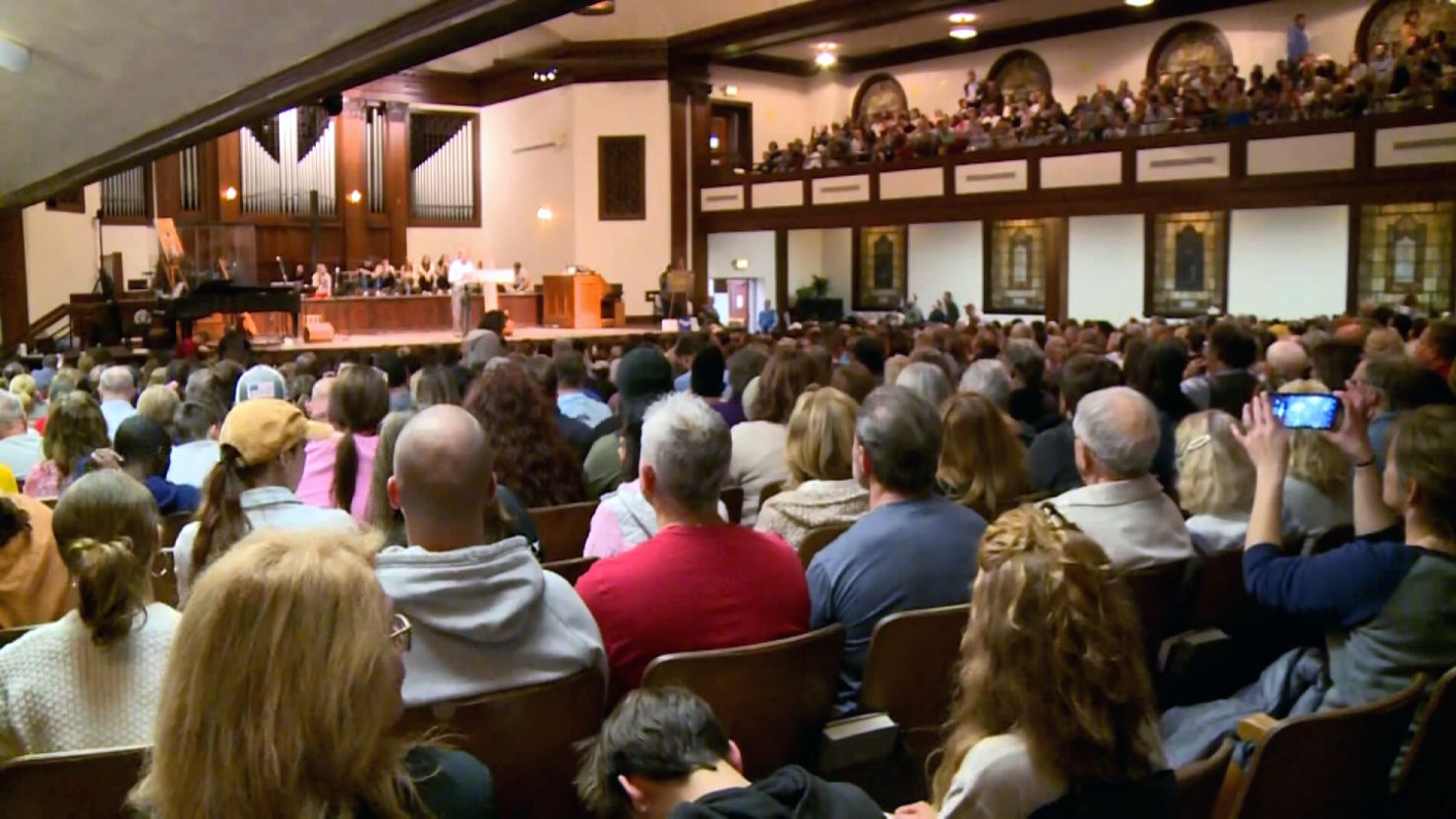On the campus of a small Christian college in Wilmore, Kentucky, a massive worship service has been rolling, nonstop, for nearly two weeks. The event at Asbury University is so popular, people have flown from across the country, standing in line outside of the college’s main chapel for an opportunity to take part in the singing, praying and discussion unfolding within.
The Asbury Revival, as it has been called, has captured the attention and imagination of every possible circle in the expansive Venn diagram of Christianity. Among their endless debates are some questions likely shared by those on the outside, looking in at the commotion: What in the world is going on here? And what, exactly, is a Christian revival?
What is a revival?
The term “revival” means something very specific when applied to an event like the one on the Asbury University campus. Revivals, as they are understood in many denominations of the Christian church, are meetings, sometimes stretching hours or days, during which participants experience or facilitate a “revival” of spiritual energy.
“Rooted in the Protestant Reformation, American evangelicalism came to birth in the 1740s in the Great Awakening a coalition of local revival movements in North America, Europe and Great Britain,” writes Mark Shaw, author of “Global Awakening: How 20th Century Revivals Triggered a Christian Revolution.”
By the 20th century, revivals had caught on in other denominations. In the 1940s and 1950s, the Healing Revival movement swept the country, led in part by prominent Charismatic leader Oral Roberts. Roberts and similar leaders used revivals, often held in large tents to accommodate crowds, to spiritually “heal” attendants. These “tent revivals” would sometimes last for weeks.
Evangelical leader Billy Graham led hundreds of so-called “crusades” beginning in the 1940s. Through the decades, these revival meetings went global. While the concept of Christian revival had already reached outside the US, Graham leveraged television and radio to spread them even further.
According to Christian Ministry, “Church revivals serve two, main purposes: (1) to revitalize the spiritual life of its members and (2) to gain new followers.”

What’s going on at Asbury University?
The idea of revival as a larger movement and as a spiritual gathering is prominent in the religious imagination. Hymns and spirituals are laden with symbology, pleading for God to “revive us again.” The mere word conjures images of Southern Gothic fervor; people with arms raised to the sky under big white tents, singing, sweating, fanning themselves, and being moved by the entropy of their fellow worshipers. That isn’t far off from the scenes coming out of Kentucky.
It began on February 8, as a normal church service. According to Asbury College students and leaders, a gospel choir sang at the end of the service, and some students stuck around afterward. The nascent gathering got attention on social media with content about the meeting racking up millions of views as the days passed. Videos on TikTok and Instagram show people swaying to worship music, weeping, repenting their sins and encouraging the testimonies of their fellow attendees.
Mark Whitworth, the university’s vice president of communications, told NBC News social media was the “mechanism” leading to people’s discovery of the event.
Now, thousands of people have flocked to the school, prompting some conversations about who, exactly, the gathering is for and who would be welcome. Not all denominations observe revival traditions, and the practice’s ties to faith groups that marginalize certain identities has been a point of great concern among more progressive Christians. Some find revivals to be a dangerous practice that can conflate religious and political aims.
These concerns have not stopped Christian influencers and leaders from proudly proclaiming that what is happening at the university is, indeed, an expression of the revival movement.
“The Lord is at work at Asbury and Lives will be Changed Forever,” tweeted former US Vice President Mike Pence.
“If it’s ‘just’ a prophetic moment let it be. If it’s a revival in one life, one school, one community, rejoice,” said Rob Hoskins, president of the biblical ministry OneHope.
Asbury Theological Seminary President Timothy Tennent cautioned against calling the event a revival, instead preferring the term “Asbury Awakening.”
“I think it is wise to see this, at the current phase, as an awakening,” he wrote in a recent blog post. “Only if we see lasting transformation which shakes the comfortable foundations of the church and truly brings us all to a new and deeper place can we look back, in hindsight and say ‘yes, this has been a revival.’”
In a letter to parents, Asbury University President Kevin Brown called the event a “beautiful, historic moment of spiritual renewal.”
In the same letter, Brown announced plans to accommodate the event for as long as it continues.

